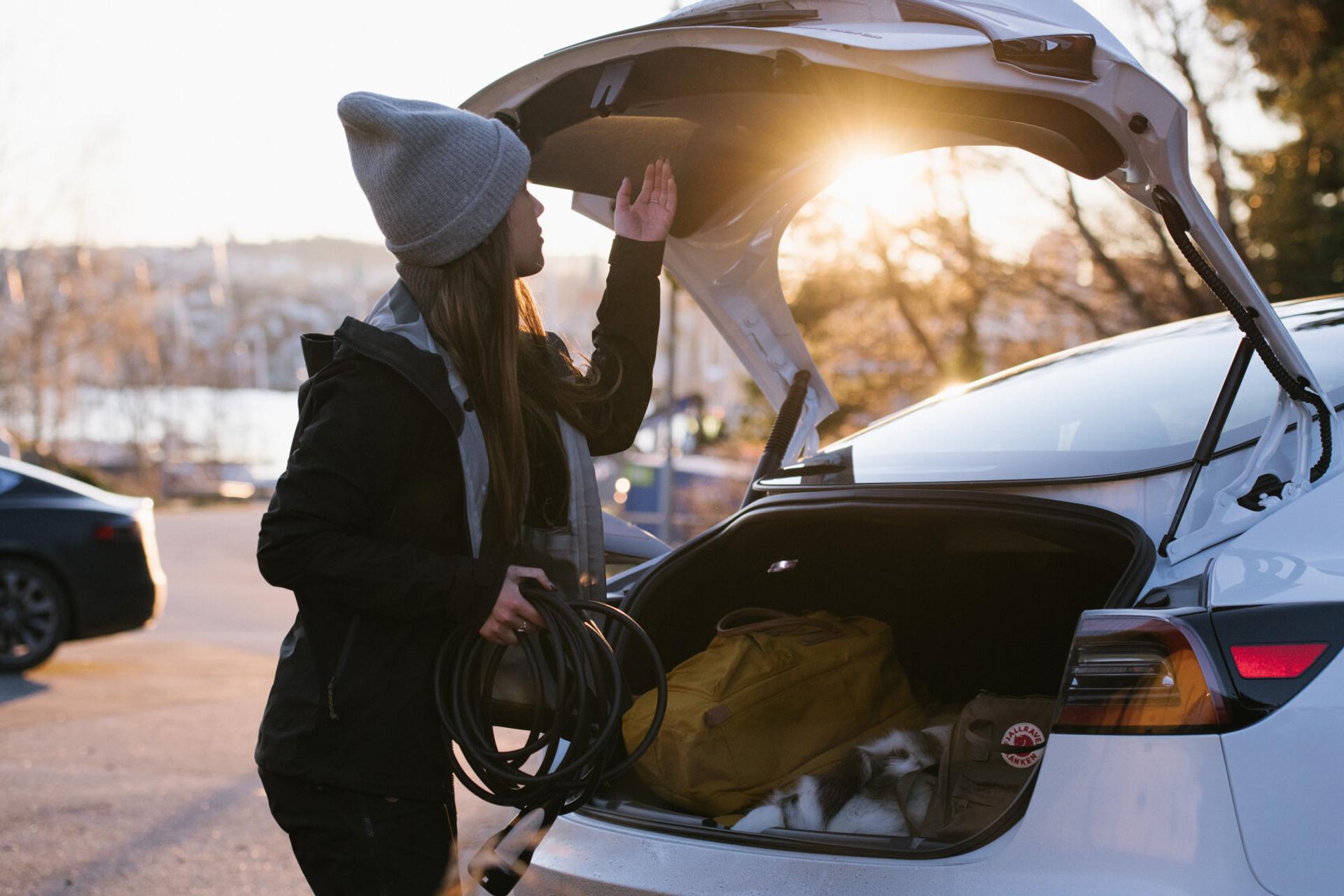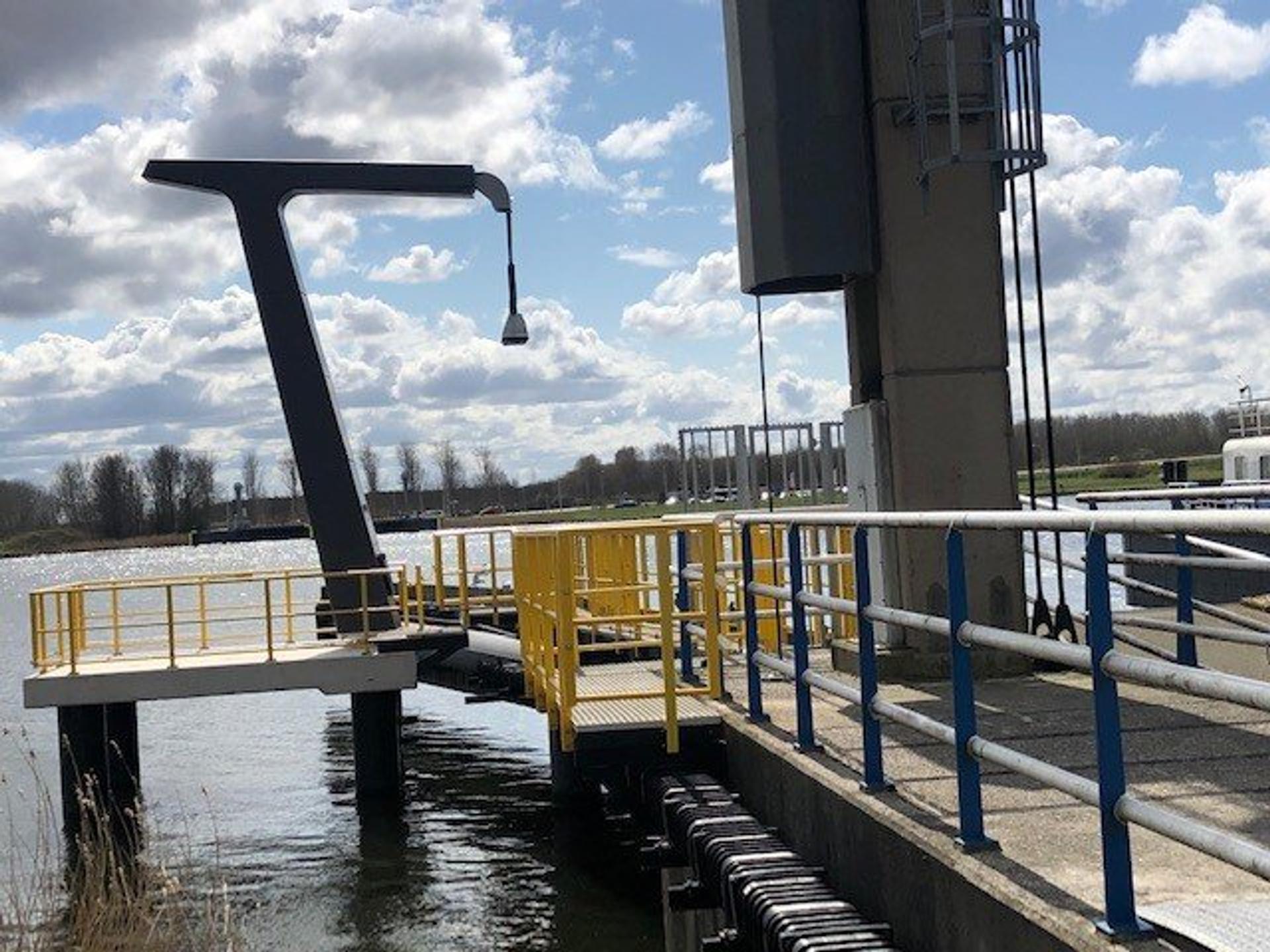Keeping e-mobility charged with Norwegian innovation

As transport increasingly goes electric, finding practical, reliable and cost-effective ways to charge every size of vehicle is the latest area of focus in emission-free innovation. Nowhere is this trend more evident than Norway, which has the highest penetration rate of electric mobility on the planet.

The EV capital of the world
With its massive EV market share, Norway has become the ideal testing ground for EV charging innovators looking to test their solutions. The preliminary findings are perhaps not surprising: people want convenience.
“Nobody wants to go out of their way to stop and charge at the mall or in the city if they can avoid it,” says Fredrik Lima, Vice President for Europe at Norwegian charging solutions provider Zaptec. (Editor’s note: Mr Lima left his post at Zaptec and is now co-founder and Chief Expansion Officer of amina charging, which also makes EV chargers.)
Zaptec’s charging stations allow users to charge at their destination. They can be used at home or at the office, both as a single unit and in large systems that connect hundreds of chargers together.
“But most people, at least in Norway, prefer to charge at home since it’s cheaper and more convenient,” says Lima. “An average house has enough power to charge up to 27 cars with average consumption over a 24-hour period,” he explains.
The charging stations are equipped with smart technology that adjusts the charging speed according to the amount of power available, which both prevents the power grid from overloading and provides user savings.
“The key to saving costs is to shift charging times from expensive peak-hours to less expensive times with lower demand, which are usually at night.”
Fredrik Lima
All-electric ferries by 2025
Norway is a maritime nation with the second longest coastline in the world. While many visitors dream about exploring Norway’s precipitous shoreline, crisscrossing the fjords is part of the daily commute for many locals.
“Norway has a lot of fjords, which means a lot of ferry crossings,” says Geir Arne Bjørkelund, Sales Director at Zinus.
In fact, there are over 130 crossings, serviced by roughly 200 car and passenger ferries and high-speed vessels. While the views are often stunning, the near constant operation of fossil fuel-powered ferries and other marine traffic through narrow topography has come at a price.
“I live on the west coast close to Bergen, where we’ve always had issues with pollution from marine vessels. And then of course there’s the climate impact too,” says Bjørkelund.
In 2019, the Norwegian government announced the target of zero emissions from ferries by 2025. Today, over 30 ferries are already all-electric. As with electric cars, this ambitious push has resulted in a favourable climate for maritime electric charging innovators like Zinus.
“Our solution uses a fully electronic charging tower and an onboard receiving unit. Once installed, the user just needs to push a button and the fully automated procedure connects in only 20 seconds.”
Geir Arne Bjørkelund
Sales Manager, Zinus
Because ferries often operate in busy ports where space is at a premium, Zinus’s design focuses on maximum flexibility. The charging towers can rotate up to 180 degrees and the connector can accommodate a 7.5-metre tidal difference, for example.
Since ports are also increasingly becoming public spaces, Zinus’s design is not only about clever engineering.
“In addition to meeting the technical requirements, our systems are aesthetically pleasing,” says Bjørkelund, and adds as an afterthought:
“Oh, and the system is also fully recyclable.”

Organising e-scooter chaos using smart charging stations
Not everyone is pleased with the wide-scale electrification of transport. Perhaps no mode of transport has courted more controversy than the humble e-scooter now found in cities across the world.
Is it possible to prevent this perfect conveyor of flexible micromobility from becoming a sidewalk hindrance and eyesore? A Norwegian startup might have the answer.
“The issue is largely one of organisation,” explains Frode Gundersen, business developer at MobiDock®. The company is a subsidiary of Unplugged™, which specialises in inductive charging and data communications and is a global leader due to the transfer effect and compact size of its charging modules.
“We believe that incentivising users to return scooters to designated areas is one of the keys to solving this problem.”
Frode Gundersen
Business Developer, MobiDock
The MobiDock® Easy Charge System is designed to do just that. It is a complete parking solution for e-scooters that utilises wireless inductive chargers and a complete loT cloud-based platform.
“The user pays a deposit when they rent an e-scooter via the operator’s app,” says Gundersen. “Our cloud-based solution then makes it possible for the operator to automatically end the user’s trip once the scooter is returned to a designated parking area, and the deposit is refunded.”
Gundersen sees the micromobility convenience offered by e-scooters as unparalleled. Once the MobiDock® eScooter Easy Charge System has been implemented in selected Norwegian cities, he is confident that the initial chaotic introduction of e-scooters will soon become a thing of the past:
“We believe our product will all but solve these problems.”

Charging all things – small, medium, and large
E-mobility solution providers such as Zinus, Zaptec and MobiDock agree that the unique Norwegian context has given them a headstart now that other countries are beginning their own process of electrifying transport. The companies are already primed to bring their solutions to the world.
“Norway has been the perfect testing ground for our technology, and we’ll continue to be very active here in the future as Norwegian ferries are converted to electricity over the next few years,” says Bjørkelund, who adds that Zinus has also secured contracts in the Netherlands and Portugal.
According to Lima, Zaptec is also expanding beyond the Nordics, into larger European markets such as France, Germany and the UK.
“Here, we can bring our technology and the lessons learned in Norway.”
While Norway remains a unique test ground in a class of its own in many respects, Gundersen is confident that MobiDock’s solution can meet the challenges of micromobility elsewhere.
“There’s no shortage of people looking for a solution to these problems around the world.”



